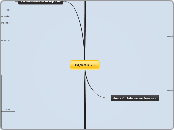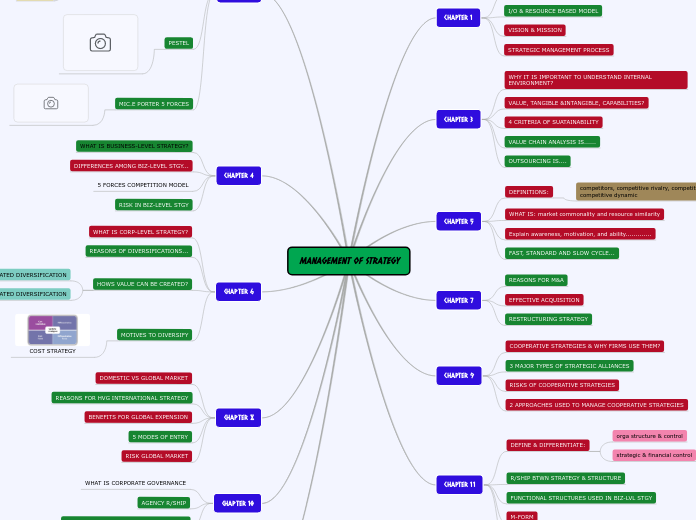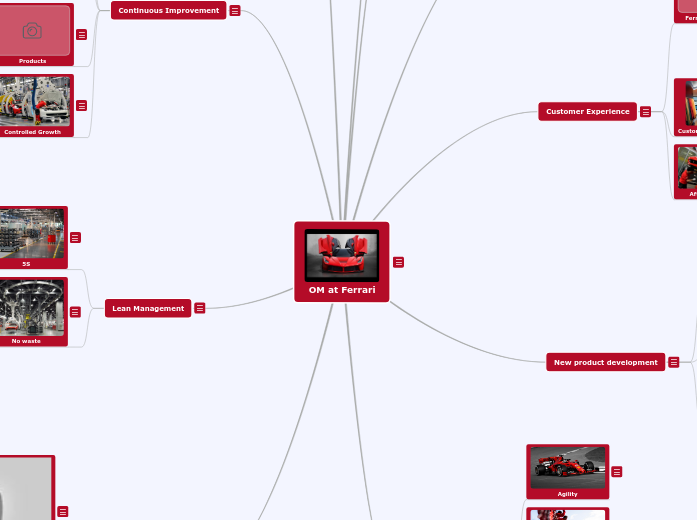IM/KM Plan
Ideas for New Structure
Fully Incorporate
More time consuming
Use relationship to develop integrated plan
Add depth by incorporating KM methodology
Add KM concepts and methods to other annexes/appendices
Incorporate parts of Annex H into other Annexes/Appendices
Incorporate parts of Annex H into Main Plan
Do we need to identify and separate IM policy from KM policy?
Is there clear distinction?
IM feeds KM
Using info to create knowledge
2 Parts
More disjointed
Add Annexes and Appendices as needed
What current annexes are IM or KM?
Keep separate
Incorporate Annex H into Main Plan
Move KM annexes/appendices under Annex H?
Modify main plan
Easier
KM Possibilities to Incorporate
COMPACFLT
Assessment
Organization
KIMWG
KMO
Roles
KM Program
Enrichment projects
Workshop
Unit 5
Special topics
fundamentals of managing KM projects
Build and sustain communities of practice
KM performance metrics
Excite innovation
Unit 4
Complete KM initiative
Unit 3
Study Methodology
Get started
Unit 2
Methodology
How do you perform KM
Unit 1
What is KM
CKO
Deliver measurable KM benefits
Managing multiple projects, vendors, and consultants
Mentoring KM initiative leaders
Getting buy-in from competing initiatives and advocates
Create a shared vision
Selling KM to senior managers
Integrate KM into strategic plans
Create KM vision
Audit
Roadmap
Prioritize deliverables
How
Info flow
without
within
Where
Catalogue
How its used
What
How better use of content can create efficiency / productivity
How could they make better use of content
What people need to do job
Who has knowledge
Support
objectives
Business strategy
Maximize value
Content
Personal KM
Social
Learning
Analytical
Function, Duties, Responsibilities
Knowledge Worker
Tools
syst
systems used to put knowledge products and services into organized frameworks
Processes
5 Steps
Implement
Pilot
Develop
Design
Assess
methods
flow
creation and capture
sharing and enriching
storage and retrieval
dissemination
Act
Transfer
Apply
Organizers
Creators
Change Management
Performance Measures
Stakeholders
Governance
Strategic Initiatives
Objectives
Not re-invent the wheel
Build on lessons learned
Build capacity
Inform People
Definitions / Terms
connecting
KM is a disciplined way of connecting people with information and the tools they need to manage it. By helping people work together, knowledge management empowers the mind of many and provides benefits to the organization
Organizations contain vast reservoirs of untapped knowledge and expertise. The problem is that most people don't know who has what information, or where it resides, much less how to connect the dots and enable the knowledge to flow through the organization
tools
information
People
Principles
4 Pillars
Content & Processes
Applications
Skills
Yellow pages
Maintenance
One intranet?
Roles and responsibilities
Information Assets
External
Internal
Infrastructure
Technology
Alignment
Storage
Search
Taxonomies
People & Culture
Don't Share
Time
Abuse
Power
Management & Organization
Communication
Resources
Leadership
Strategy
Vision
Army KM Framework
- A transformed army with
Army KM Framework
A transformed Army, with agile capabilities and adaptive processes, powered by world-class network-centric access to knowledge, systems, and services, interoperable with the Joint environment
Mission
Army
Adopt governance and cultural changes to become a knowledge-based organization
Integrate knowledge management concepts and best business practices into Army proceses to improve performance
Manage the infrastructure as an enterprise to enhance capabilities and efficiencies
Institutionalize Army Knowledge Online (AKO) to be the Army's enterprise portal to provide universal, secure access for the entire Army
Harness the power of human capital
Annex H - Knowledge Management
End-to-End Knowledge Development
Knowledge Presentation Framework
Importance of Information Integration
Knowledge Production
The Knowledge Continuum
Definition
Annex G - Information Resource Management
Description
Annex F - IM Training, Education and Awareness
Annex F
Professional Development
Operational Compentence
Training Requirements
Background
Annex E - Information Assurance
Appendix 6 - Information Security Separation
Cyber Separation
Physical Separation
Appendix 5 - Information Security Marking
Removable Media Security Marking
Portion markings
Page Markings
Declassification Date Marking Usage
Cover Markings
Appendix 4 - Duration, Declassification and Downgrading of Classified Information
Declassification and Downgrading
Duration of Clasification
Appendix 3 - Disclosure Guidance
Subtopic
Disclosure Policy Notes
Exceptions to Policy
Specifically Prohibited Disclosures
Disclosure Criteria
National Disclosure Officials
Classified Military Information Categories
Appendix 2 - Classified Information Control Guidance
Other Safeguards
Classified Information Controls in an Emergency
Classified Information Distribution Controls
Classification Caveats
Classification Guides
Classification Reasons
Derivative Classification
Original Classification
Classification Levels
Appendix 1 - Unclassified Information Control Guidance
Public Affairs Guidance
FOIA
Examples
SBU
FOUO
Annex E
Information System Security
Security Operations and Administration
Education, Training and Awareness
Identification, Authentication and Authorization
Community and Directory Services
Security Separation
Information Content Control
Annex D - Key Information Products
Appendix 1 - Action Officer Guide
Annex D
Official Military Messages
Web Sites
Application Displays
Presentation Brief
Documents
Annex C - Information Processes
Appendix 7 - Humanitarian Assistance/Disaster Relief (HA/DR) Support
Appendix 6 - Information Process-Product Cross Reference
Info Products Associated with Info Processes
Appendix 5 - Requests for Information
Outbound RFI Process
Inbound RFI Process
Appendix 4 - Enabling Strategic Processes
Training, Education and Professional Development
Exercise Development
Resource Management
Analysis and Studies
Action and Task Management
Administrative Activities
Appendix 3 - Executive Strategic Processes
Command Correspondence
Security Cooperation
Command Attention
Readiness Assessment
Operational and Contingency Plan Development
Appendix 2 - Enabling Operational Processes
Decision Support
Operational Assessments
Updates and Situation Reports
Situational Awareness
Deployment Mgmt
C2
Appendix 1 - Executive Operational Processes
Process Descriptions
Course of Action (COA) Decision Brief)
Commander's Critical Information Requirements (CCIRs)
Commander's Imperatives
Commander's Operational Communication
Annex C
Info Communication and Dissemination Guidance
Info Processes Framework
Annex B - IT Services
Appendix 3 - Official Military Messaging
Message Preparation Roles
Message Types
Appendix 2 - DCO Guidelines
DCO Support
DCO Guidelines
Adding Rooms
Pacific Theater Collaboration Portal Site
User Registration
Appendix 1 - Application Standards and Preferred Product Lists
IT Protocols, Standards and Products Listing
Annex B
Application Use for Info Production and Dissemination
Directorate Postings
Common Reference Information
Coordination Applications
Distributed Collaboration Services
VTC and ATC
Web Services
Official Messaging
File Management Services
Office Automation
Standards and Preferred Products List
Application Services
Network and Security Services
IT Categories
Annex A - Organizing for IM
Appendix 4 - JTF Commander
JTF Guidance
Appendix 3 - Battle Rhythm
Information Flow
Key Battle Rhythm Events
General
Appendix 2 - Coordination Groups
Control and Coordination Centers
Coordination Group Descriptions
Process
Appendix 1 - Duties and Responsibilities
Key IM Roles
IM Roles Summary
HQ IM Groups
HQ IM Specialists
Headquarters Staff
Executive Leadership
Intro
Annex A
Guidance and Procedures
Main Plan
Responsibilities
Structure
Info Resource Mgmt
IM/KM Training, Education, and Awareness
IA
Key Info Products
KM processes
IM processes
IT Services
Organization for IM/KM
Overview
IM/KM for Decision Making
IM/KM Relationship
KM relies on IM and contributes to situational understanding required for decisions and actions
IM feeds development and mgmt of knowledge
closely related
Importance of IM/KM
KM
Links organizations
Support Commanders
Provides commanders relevant information and knowledge for making informed, timely decisions
Definitions
Knowledge Management
Definitions
The art of creating, organizing, applying and transferring knowledgeThe are of creating, applying, organizing, and transferring knowledge to facilitate situational understanding and decision making. KM supports improving organizational learning, innovation, and performance. Effective KM provides commanders and other decision makeers' knowledge products and services that are relevant, accurate, timely, and useable.Knowledge
Tacit
Interaction
Practice
Comprehension
Experience
Explicit
Documented
Written
Information Superiority
IM
Definitions
The science of using procedures and information systems
The science of using procedures and information systems to collect, process, store, display, disseminate, and protect knowledge products, data, and finroamtion
IT
Information
Data
Scope
Purpose









